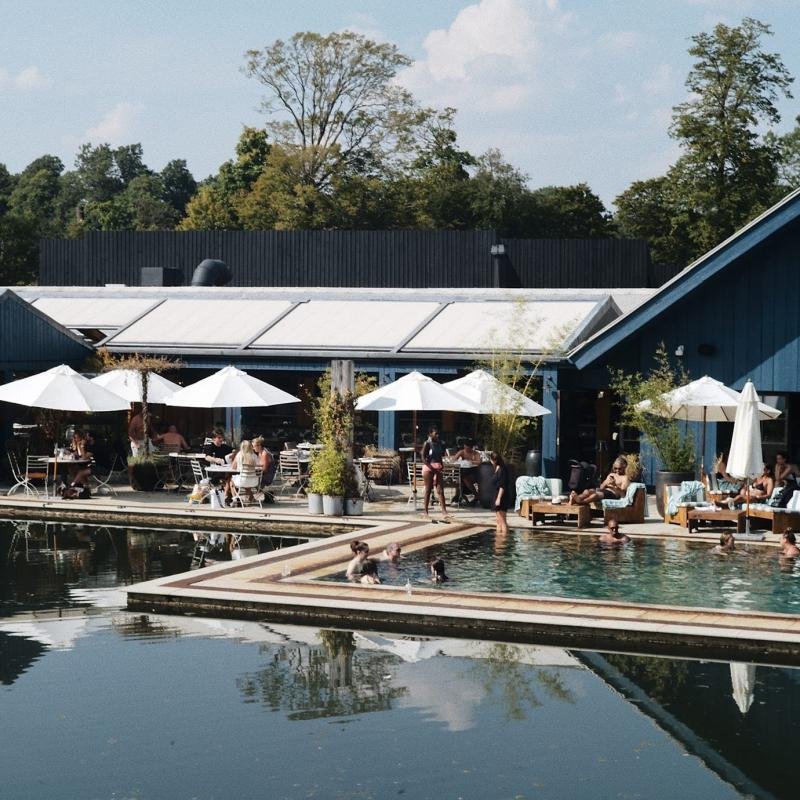What the high street can learn from the Cotswolds
I know what you’re thinking. These folks have lost the plot. What on earth has the Cotswolds, around 800 square miles of bucolic landscape and idyllic towns and villages located in rural Middle England, got to do with the average urban High Street? Bear with me, while I explain…
Admittedly, these types of establishments are targeted primarily at the well-heeled. And, at first glance, similarities with the average High Street seem unlikely. But look a little closer, as I have, and a golden quadrangle reveals itself that is as relevant in Chigwell or Chelmsford as it is in Cheltenham.
The Cotswolds is changing. For decades it has been a predominantly agricultural area, frequented mainly by tourist coaches, whose sightseers have briefly delighted in quaint Cotswold stone cottages and tea rooms, before heading away again on the A40.
But now its wealth of large country houses has attracted the interest of (wealthy) entrepreneurs who are spending considerable sums on creating retail, leisure and F&B destinations within 90 minutes travel time of central London. Key names you may (or may not) have heard of include:
Soho Farmhouse – the archetypal members’ club Cotswold outpost near Great Tew
Cowley Manor – an Experimental Group hotel and spa outside Cheltenham
Aynhoe Park – a grand showroom, with extensive F&B offer, for US celebrity furniture retailer RH (Restoration Hardware) on the Cotswold fringe
Estelle Manor – a newly-opened country club outside Eynsham
Daylesford Farm – country farm shop and eatery flagship of the Daylesford Organic brand near Kingham
The Mullin, Oxfordshire – construction of a UK version of the Californian Mullin Automotive Museum planned to be built at Enstone Airfield, Great Tew, is due to start by the end of 2023
Admittedly, these types of establishments are targeted primarily at the well-heeled. And, at first glance, similarities with the average High Street seem unlikely. But look a little closer, as I have, and a golden quadrangle reveals itself that is as relevant in Chigwell or Chelmsford as it is in Cheltenham. Here are the four elements of the quadrangle:
Architecture – While many Cotswold properties boast celebrity architects, it is possible to create a stunning built environment in an average town centre with careful design and utilising architectural gems that may have been hidden from view.
Brand – Creating a strong identity to appeal to new guests and bring return footfall has been important for Cotswold establishments. But the same principles can be applied to virtually any retail/leisure destination.
F&B – Whether focused on access to the countryside or inside attractions such as showrooms and museums, all of the Cotswold properties rely heavily on F&B, often in several formats, to draw and retain custom. P-THREE has long pointed out that F-hubs can work effectively to anchor all kinds of property development in all kinds of places.
Social – The Cotswold destinations are increasingly targeting family groups and friends as part of an extended lifestyle offer that effectively creates a social hub, albeit a rather exclusive one. Again, though, the basic principle can be applied to many other locations.
This last element epitomises all of the above. Bringing a social hub to any High Street or part of a High Street, such as an F-hub, is eminently feasible – it doesn’t have to be at a premium or luxe level to be successful. The concept can potentially work anywhere.
Article by Justin Taylor, Co-founder P-THREE
Photo credits: Soho House

